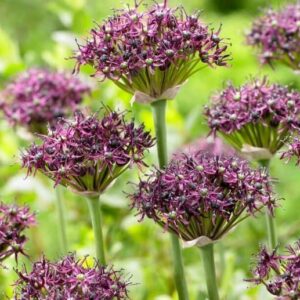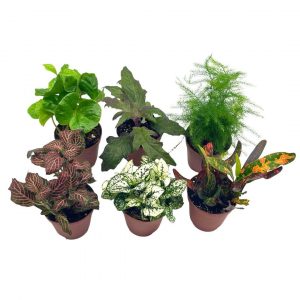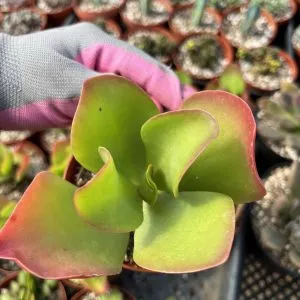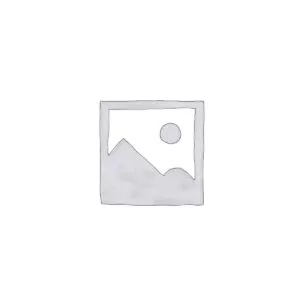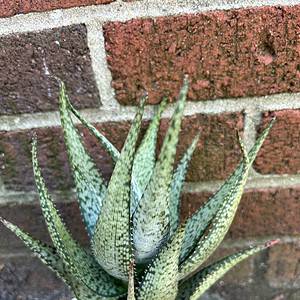No products in the cart.
Table of Contents
When we look at orchids, we get three main types: epiphytic orchids, lithophytes, and terrestrial orchids. The aerial roots are covered with velamen and act as suction hairs on the epiphytic and lithophytes.
In some orchids, photosynthesis occurs through the velamen in those roots. Hence, when orchids grow in nature, they can survive without soil. Some of the best orchid growers’ methods are hydroculture, aeroponics, and hydroponics without needing soil.
It is essential to provide your plants with a moist environment and water your orchids using a nutrient solution to provide them with essentials. Today we will discuss growing orchids in water and give you everything you need to know.
What is Orchid Water Culture?

There is an old rule that many gardeners will tell you: never leave orchids in standing water. Why? It can lead to root rot. But you do find orchid growers keeping their plants in water culture. But what is this new water culture, and how does it work? Before we get to the different growing methods, we first need to determine if they work.
Does Growing Orchids Work in a Water Culture?
The short answer is yes, it works. Adding the water to your container creates a humid environment, even for the Phalaenopsis orchids not known to grow in this manner. As orchids live in the tropics and are known as tropical plants, they thrive on high humidity.
You place your plant in a glass container with the roots touching the water. Of course, the container opening must be wide, allowing enough airflow into and out of the vessel. Yet, it does take a lot of trial and error to make it work.
Still, each orchid species is different, as some might struggle while others flourish.
Benefits of Growing Orchid in Water

One of the main advantages of growing your orchid without soil is that it works well with epiphytic plants in the natural habitat. Furthermore, you can prevent pathogens from growing in the soil to cause root rot.
Orchids are flowering plants and are prone to rotting root systems. When you grow orchids without soil, they can avoid rotting and provide optimal nutrients to avoid fertilizing. Your plant will remain strong yet healthy as it receives all the valuable micronutrients to prevent the roots from drying.
Furthermore, you can install an automatic watering system, making it maintenance-free.
Disadvantages of Orchid in Water
Using a water culture has benefits and disadvantages, as you must provide frequent nutrient solutions.
Furthermore, you do not always know when you should water or not. Hence, yellow leaves form and fall off.
Another problem is when the root systems are exposed to too much sunlight, they can burn, and the plant can die fast and be exposed to drafts.
Well, let’s dig a bit deeper.
Full Water Culture
FWC allows you to keep your orchids in water 24/7. About one-fourth of the root system, you emerges in the water. Add more water to keep it at the same water level in your glass container when the water evaporates.
Hence, with the full water culture, the root system seldom dries out, and it needs a dried-out period to allow this to happen. So, you will remove your plant once a month to do this and also clean the container and freshen it up with clean water.
Thus, you get convenience as once the plant is in the water, you can leave it there, and it takes little maintenance. The important thing is to keep adding water, and that is it. So, you will have fewer pests compared to using the potting medium.
The biggest risk you face is mold forming and root rot resulting from high humidity, which has much to do with your environment.
Semi Water Culture
SWC allows you to alternate the cycles, providing your orchid with wet and dry days. The amount of days is dependent on the environment but can look as follows:
First, you need to repeat the cycle of three wet days and two dry days.
Next, you must repeat the process of two wet days with five dry days.
We recommend that if you use the semi-water culture, start with one schedule to see how your plant behaves. Then, with some trial and error, you will notice how many wet or dry periods your orchid needs. So, if the roots are dry, it needs watering and if they are too wet, give them a breather.
The benefit of the semi-water culture is less risk of mold or rotting concerns. The reason is that there are dry periods, and alternating between wet and dry mimics the orchid’s natural habitat.
The main concern is the upkeeping of the schedules, as some orchid growers find it is too much work if you have many plants.
Semi Hydroponics
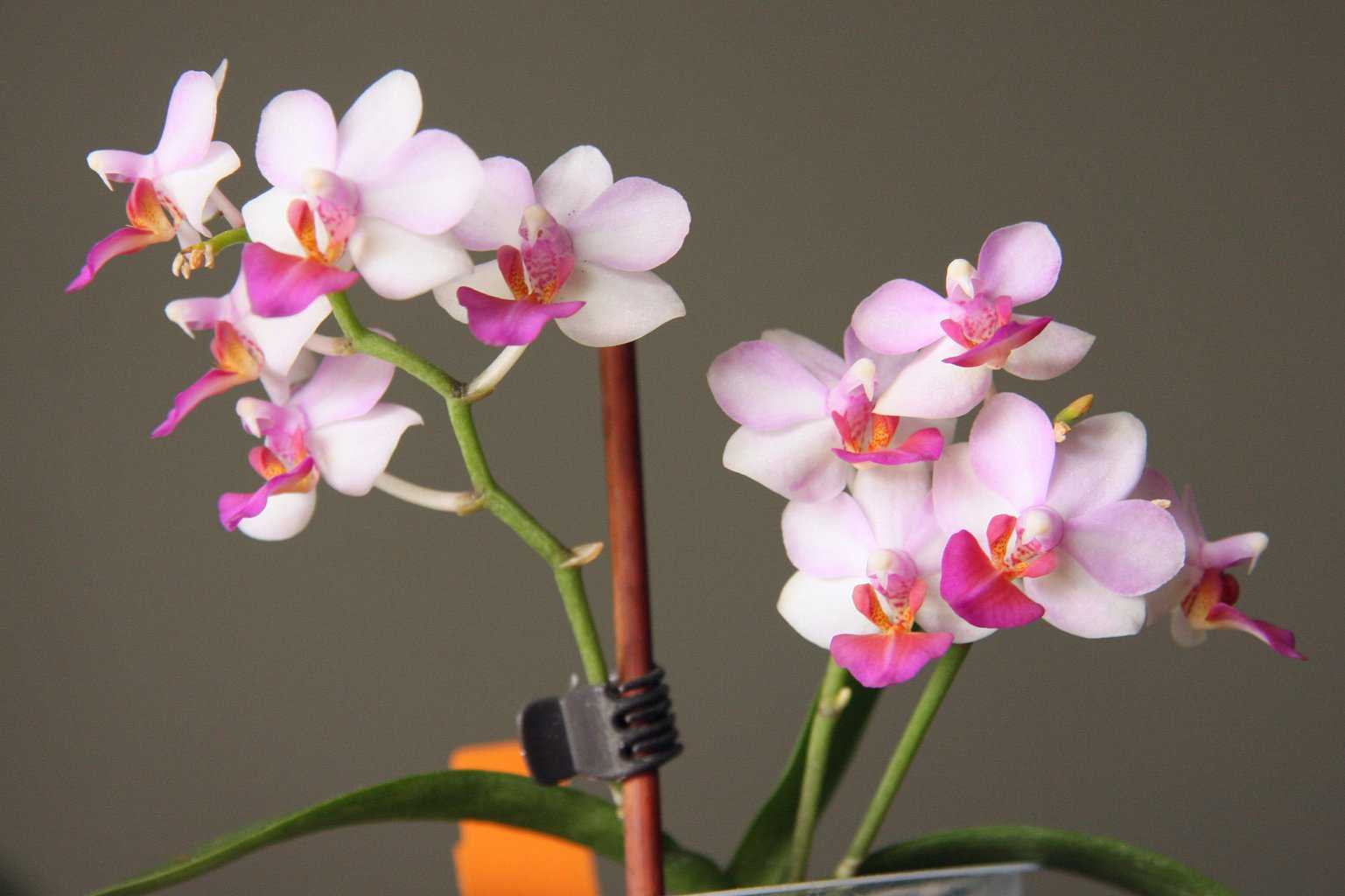
SH is the third method to use water culture and is different from the other two methods. In addition to water, you fill the container with clay pebbles. The pebbles support the stem and roots.
Furthermore, making air holes in your container above the water level would be best. You can do this with a soldering iron. But if you use a glass container, you need a unique tool to achieve this. The holes allow air circulation to move around the roots to prevent molding and rotting.
With the first transition of the Phalaenopsis roots or other plants, the roots will most likely rot. Then, your orchid will grow new roots to adapt to the new environment of a semi-water culture.
The method is easy to maintain as you only need to monitor the water level, providing more oxygen to the roots. You also have fewer pest problems, but the process becomes confusing when you start. Furthermore, it is time-consuming when you need to transfer different orchids at first.
Moving Your Orchid to The Water Culture
The transfer process is simple when removing your orchid from the potting medium to a water culture.
First, get glass vases or containers with a wide opening to allow airflow while allowing the leaves to rest on the rim.
Choose a container with enough space for the root system and new growth.
Wash your container with warm water and dishwashing soap.
Unpot your orchid and remove all the old potting medium, rinsing the roots with tepid water.
Take sterilized scissors, trim away damaged or dead roots, and remove old leaves.
Next, spray the roots and stem with 3% hydrogen peroxide to kill bacteria and mold.
Place your orchid in the container, depending on the water culture method you choose, and add distilled water to the required level.
For the FWC technique, fill the container with water to cover 1/4 of the roots. With the SWC, you can emerge the roots in the water 2/4; with SH, the water needs to be below the longest root.
The orchid will slowly adapt to the new environment; some roots may die, and there is no need to freak out. It will grow new roots while acclimating to the water culture.
Caring For Your Orchid with Water Culture
When you look at the different water culture methods, the full water culture can lead to the risk of mold or some rotting issues. Hence, we recommend keeping an eye on changes in your plant. If you see white mold, rinse it off using lukewarm water and spray those affected areas with 3% hydrogen peroxide.
Mold can also form with the semi-water culture as you may have too many wet days or lack airflow. You must clean and freshen up the water when the container smells or looks dirty.
It helps to clean the container with hot water and some dish soap. We also recommend using purified water compared to hard water.
Fertilizing Your Water Culture Orchid
With the full water culture, you need to prepare a fertilizer in a separate container. Mix half the recommended dose in the required water, such as 1/4 less or more. Place your orchid in the feed, let the roots soak for 15 minutes, and place it in the original container.
Also, your water depends on how many times you need to do this. We have found that some growers do not use fertilizer and fish emulsion. You can feed your orchid once a month or a few times a year.
Finding a feeding schedule that works best for you and your plant is best. When using the semi-water culture, adding fertilizer to the water on wet days is excellent.
Struggling Orchids Thrives in Water Culture
The fantastic thing is if you have a struggling orchid with dehydration or lack roots, using the FWC and SWC helps to make them come alive. The same applies to pest problems. Transferring to water culture helps.
The water helps to bring out hiding pests, and you can treat the roots when they are under attack. You can remove the infected old potting medium and inspect the roots. Whether you choose any of the water cultures mentioned above, you can keep an eye on the roots with any of them.
Still, every orchid is different and will take some trial and error. Another question asked by orchid growers is if they can transfer the orchid when in bloom. The answer is no, as any environmental change stresses your orchid out.
So, when stressed, it can drop the blooms as it has delicate flowers, but some people have moved their plants from soil to water without any concerns.
In stock In stock In stock In stock (can be backordered)
Free Shipping
$10.96
Sold By:
CZ Grain
10 Miniature Allium Bulbs for Planting Allium Atropurpureum
Rated 4.60 out of 5 based on 156 customer ratings00
Sold By:
CZ Grain
$24.99
Sold By:
BubbleBlooms
$29.99Premium Foliage Assortment, Colorful Fern set, Asparagus Fern, African Violet and more, succulent collection, in 2 inch pots, plant gift
Only 14 available and it’s in 3 people’s basket Rated 4.81 out of 5 based on 279 customer ratings00
Sold By:
BubbleBlooms
$12.00
Sold By:
Cacti and Exotica
Kalanchoe—Dragonfire hybrid
Rated 4.98 out of 5 based on 59 customer ratings00
Sold By:
Cacti and Exotica
Free Shipping
$9.99 – $18.99
Sold By:
Thor's Backyard Nursery
Agave Blue Glow | HUGE BULK SALE!!! (Read Description)
Rated 4.89 out of 5 based on 53 customer ratings01
Sold By:
Thor's Backyard Nursery
What Orchids Can You Grow in Water Culture?
You can grow any orchid in water. It only takes some patience. So, you can grow:
Dendrobium orchids
Oncidium orchids
In water hydroponics, the important thing is to use some leca pebbles for semi-hydroponics and provide enough air holes in the container. Alternatively, keep an eye on the roots for proper care when using any water culture methods.
Should You Grow Orchids in Water Culture?
Yes, but it is not necessary to grow most orchids in water. It is your choice if you prefer using a transparent plastic pot with sphagnum moss, pine bark, or another potting medium.
But if you decide on water culture, we hope the article answers all your important questions. Furthermore, the care remains the same regardless of the method of growing orchids.
The important thing is to prevent rot, and growing orchids in water is a fantastic way to keep an eye on your new orchid. The other fascinating thing is that orchids are not the only flowering plants you can grow in water.
You can also grow Ivy, Philodendron, Lavender, and Monstera in water culture.
Whether you want to buy, sell or simply reach out to other plant enthusiasts, Plantly is the right place to be!
In stock (can be backordered) In stock In stock In stock (can be backordered)
$15.00
Sold By:
Painted Petals and More
Aloe hybrid
Only 6 available and it’s in 1 people’s basket Rated 4.78 out of 5 based on 64 customer ratings00
Sold By:
Painted Petals and More
$35.99
Sold By:
Succulent Oasis
Mature Succulent Plant Echeveria ‘Hortencia’ Hybrid.
Rated 4.84 out of 5 based on 352 customer ratings00
Sold By:
Succulent Oasis
$14.99
Sold By:
BubbleBlooms
Ferocactus emoryi, Star Shaped Emory’s barrel cactus, Coville’s barrel cactus, 5-point Cactus, in 4 inch pot, well rooted healthy starter
Rated 4.81 out of 5 based on 279 customer ratings03
Sold By:
BubbleBlooms
Free Shipping
$21.99
Sold By:
Gar-Zen Botanical Design
Euphorbia milli Yellow Crown of Thorns Ship Free.
Rated 4.86 out of 5 based on 49 customer ratings01
Sold By:
Gar-Zen Botanical Design
